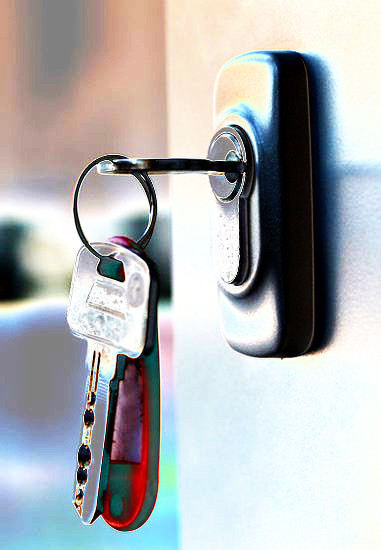Hoarding help outlined
 Psychologists say overcoming stigma is needed to treat the recognised mental health condition of ‘hoarding’.
Psychologists say overcoming stigma is needed to treat the recognised mental health condition of ‘hoarding’.
Professor Jessica Grisham of UNSW has more than 16 years’ experience researching and treating obsessive-compulsive disorder (OCD) and OC spectrum disorders, such as hoarding.
An international authority on hoarding disorder, Prof Grisham acknowledges that the physical manifestation of hoarding – for example, a house filled with rubbish – is confronting and stigmatising, but she notes that it is also a serious mental health issue.
“It has been an uphill battle to shift people’s perceptions of hoarding, but we have made some progress through identifying it as a psychological disorder in the most recent DSM-5 [Diagnostic and Statistical Manual of Mental Disorders – Fifth Edition],” she said.
“Hoarding is a severe disorder and is more common than many might think – an estimated 2.5 per cent of people have this problem.
“It’s a myth that people who hoard are just lazy or messy – hoarding disorder is a treatable mental health condition and we need to make the public aware of that and remove the stigma – people with hoarding problems are much less likely to seek treatment if they feel ashamed.”
Prof Grisham says hoarding is also a serious disorder because of the health and safety risks it poses to the person with the condition and to the wider community.
“A Melbourne study in 2009 showed hoarding fire incidents accounted for only 0.25 per cent of all residential fires but 24 per cent of preventable fire fatalities during the same period,” she said.
“And NSW Fire and Rescue states that 12 per cent of all fire fatalities in NSW are people reportedly living in hoarding and squalor conditions. These tragedies show just how acute the issue is.”
Hoarding involves a deeply ingrained attachment to possessions that in some cases might have its roots in a traumatic event – for example, the death of a loved one – and co-existing mental and/or physical health issues.
The official psychiatric diagnosis is defined in the DSM-5 as a persistent difficulty discarding or parting with possessions, regardless of actual value, that leads to a perceived need to save the items and significant distress associated with no longer having them.
Hoarding was different to being untidy or having extra stuff in the home, Prof Grisham says.
“Many people relate to having a disorganised space or a bit of extra clutter, but they are otherwise able to function properly in their home and would be happy to have the mess tidied up and the rubbish thrown out,” she said.
“The difference with someone who has a hoarding problem, however, is their extreme emotional attachment to things – they would feel very upset or threatened if anyone tidied up, cleaned or removed their objects.
“When the hoarding problems cause extreme interference in a person’s life or they experience significant distress as a result of it, then we would consider it to be a clinical disorder, rather than someone who has just let their stuff get out of hand.”
People who hoard often also feel shame or anxiety and try to hide their hoarding.
Prof Grisham makes five suggestions to help someone with their hoarding problem.
- Avoid arguments and seek their permission: Never threaten the person, have a heated argument with them or discard things without their permission. Massive clean-ups cause huge distress to the person and they generally will start hoarding again if everything is forcibly removed.
- Be prepared for ambivalence: Many people with hoarding problems are unmotivated or ambivalent about seeking treatment and some lack insight into their situation.
- Focus on harm reduction through education: Emerging treatment programs encourage relatives to start a conversation with the person who is hoarding about minimising health and safety risks linked to their habits. Safety is an important goal of intervention – achieving a perfectly clean house might be impossible. For example, bring attention to fire hazards, blocked toilets or covered electrical outlets. This education can occur while a person is seeking help for their hoarding.
- Minimise and discourage accommodation or enabling: Well-meaning family or friends can sometimes do things to prevent distress in the person who is hoarding, but they actually contribute to the problem – for example, driving the person to a car boot sale, dropping off charity donations at their house, or giving them unwanted things like magazines or newspapers. So, tell the person doing the enabling that their actions are inadvertently feeding into the problem.
- Be aware of comorbidities: People who hoard often have co-existing physical and/or mental health problems – for example, physical disability, chronic fatigue, arthritis, obesity, depression or anxiety. This is where evidence-based treatment programs can help to address these challenges in conjunction with the hoarding problem.
Prof Grisham says that if the person with the hoarding problem agrees to seek treatment, they should be directed to ask their general practitioner to refer them to specialist hoarding treatment providers.







 Print
Print